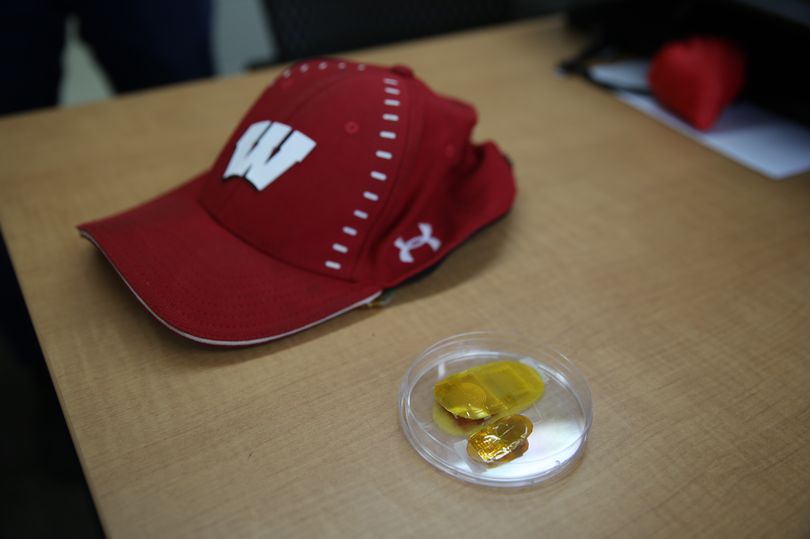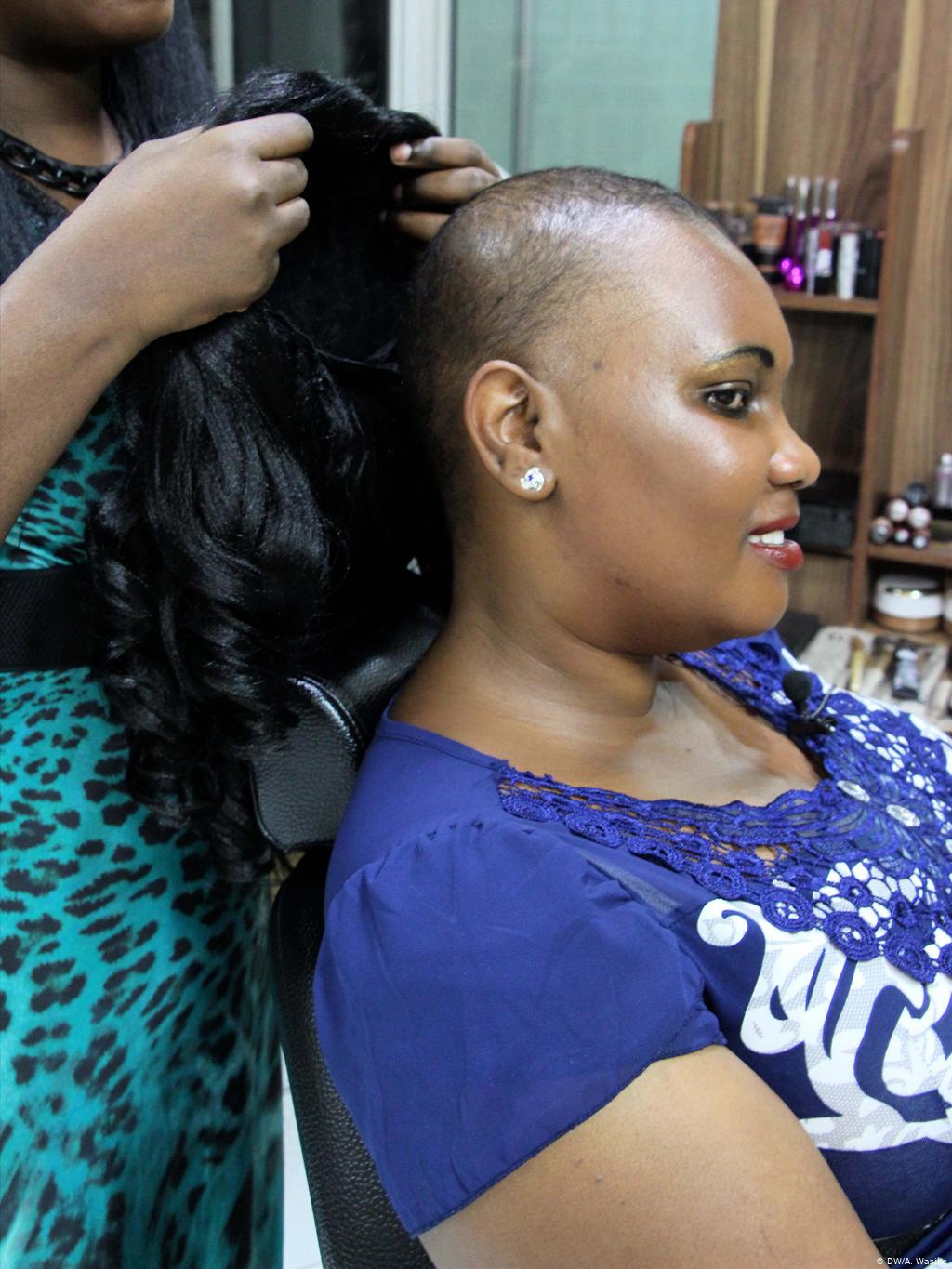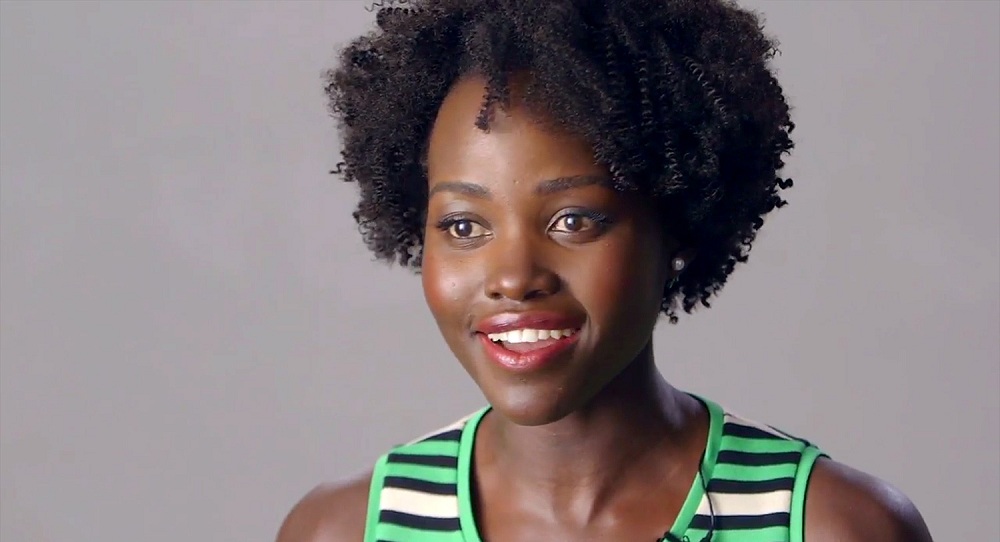Engineers from the University of Wisconsin-Madison have innovated non-invasive, low-cost hair-growth-stimulating technology that can reverse baldness. The description of the new technology published in the journal ACS Nano says the hair-growth technology stimulates the skin with gentle, low-frequency electric pulses which coax dormant follicles to reactivate hair production.
The Ksh300,000 device reactivates hair-producing structures that have gone dormant and does not cause hair follicles to sprout anew in smooth skin. This implies that the new device could be used as an intervention for people in the early stages of pattern baldness.
However, the device cannot bestow cascading tresses to someone who has been as bald as a billiard ball for several years. The device gathers energy from a body’s day-to-day motion and could be discreetly worn underneath the crown of an everyday baseball cap. “I think this will be a very practical solution to hair regeneration,” says Xudong Wang, a professor of materials science and engineering at UW-Madison.
The Technology
The hair-growth technology is based on small devices called nanogenerators that passively gather energy from day-to-day movements and then transmit low-frequency pulses of electricity to the skin. That gentle electric stimulation causes dormant follicles to “wake up.”
“Electric stimulations can help many different body functions. But before our work there was no really good solution for low-profile devices that provide gentle but effective stimulations,” says Wang.
Because the electric pulses are incredibly gentle and don’t penetrate any deeper than the very outermost layers of the scalp, the devices don’t seem to cause any unpleasant side effects. This device has been marked as an advantage over other baldness treatments, like the medicine Propecia, which carries risks of sexual dysfunction, depression, and anxiety.
“It’s a self-activated system, very simple and easy to use,” says Wang. “The energy is very low so it will cause minimal side effects.”
The device tested on hairless mice stimulated hair growth just as effectively as two different compounds found in baldness medicines.













Leave a comment